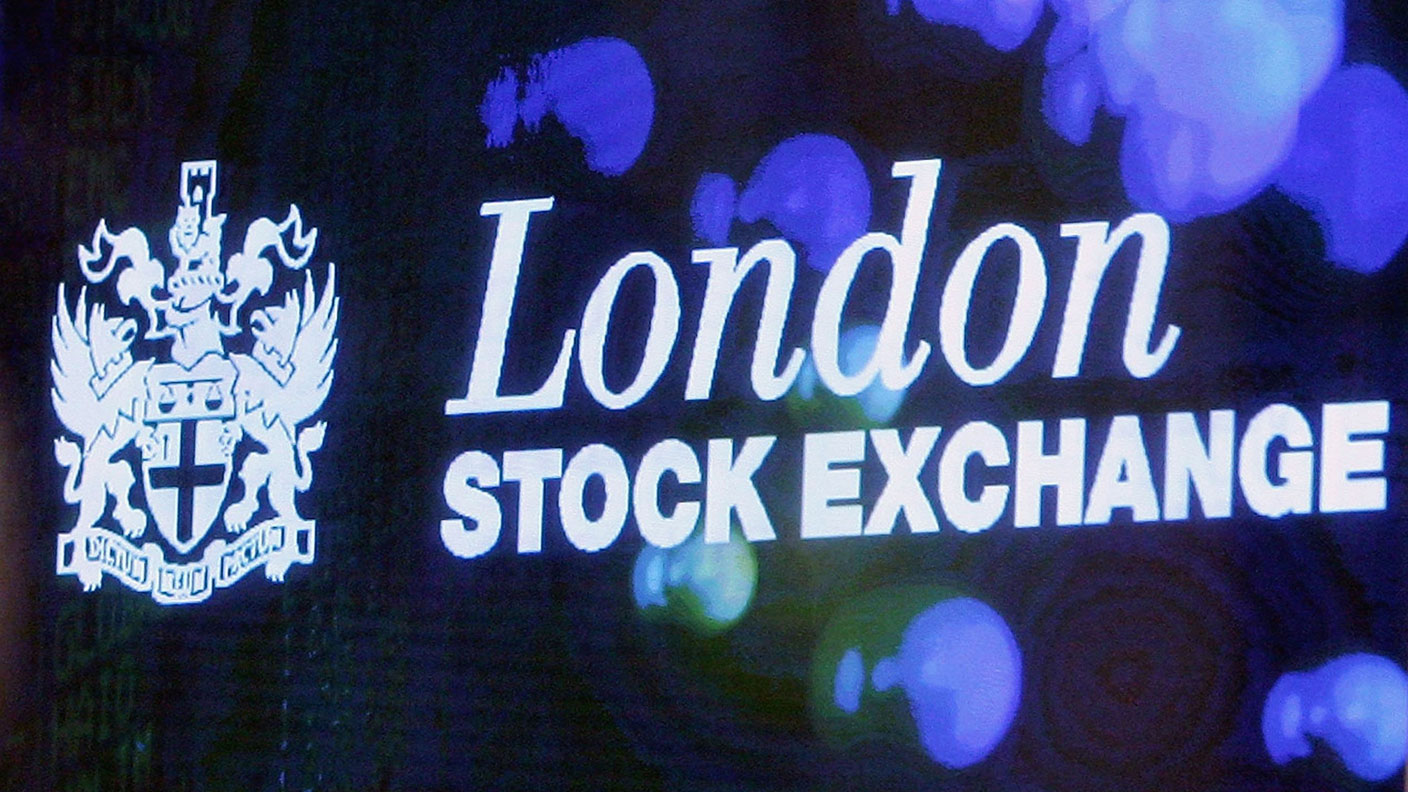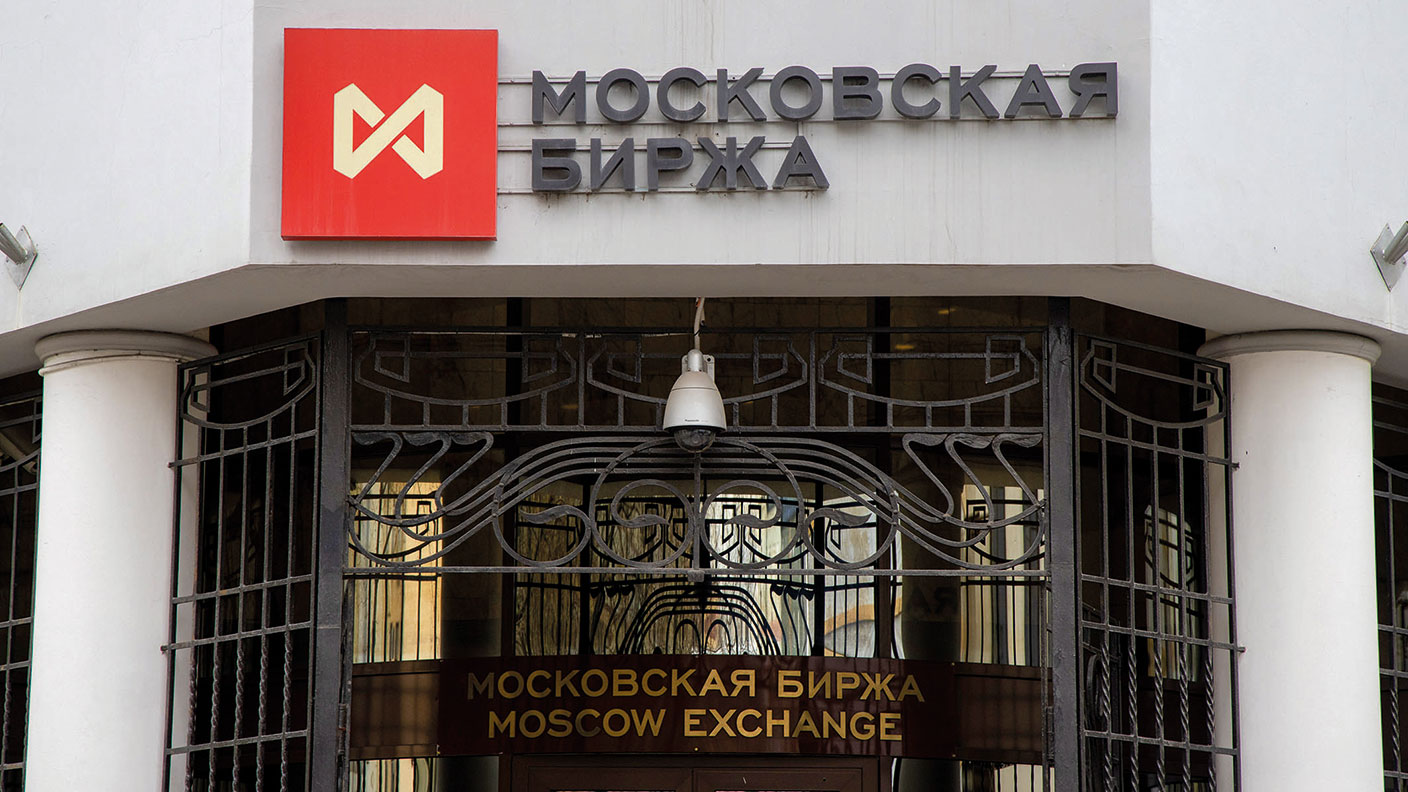Asset allocation is at least as important as individual share selection. So where should you be putting your money? Here's our monthly take on the major asset classes.

Equities
Finding their feet
Major stockmarkets have steadied after January's plunge: Britain's FTSE 100 has jumped by 11% from its mid-February low. But the fundamentals look lacklustre. Indeed, 2016 earnings estimates for the companies in the developed markets benchmark, the MSCI World index, are 12% below last summer's level. However, gloom over the world economy looks overdone and central-bank money printing is likely to offset trouble on the earnings front, especially if markets are reasonably valued. That means Europe is a buy, while we continue to like Japan. Be careful of America, where interest rates are rising and stocks are historically expensive.
MoneyWeek
Subscribe to MoneyWeek today and get your first six magazine issues absolutely FREE

Sign up to Money Morning
Don't miss the latest investment and personal finances news, market analysis, plus money-saving tips with our free twice-daily newsletter
Don't miss the latest investment and personal finances news, market analysis, plus money-saving tips with our free twice-daily newsletter
Emerging markets, meanwhile, are starting to look attractive. They are trading at a wider discount to their developed counterparts than at any time in the past decade due to concerns about growth. Yet China could be set for a recovery following several interest-rate cuts and loosened lending criteria. This bodes well for many other Asian economies. Healthier Chinese demand could also help to sustain a recent uptick in commodity prices, benefiting those emerging economies that are major commodity exporters. Our favourite emerging markets include India and Brazil.

Gold
Looking brighter
Gold has had its best start to the year since the 1970s, gaining around 15% as other markets slumped. Investors have flooded back into gold-backed exchange-traded funds after being net sellers of these vehicles for the past three years. The growth scare that fuelled the jump looks set to subside, but keep 5%-10% of your portfolio in gold as insurance against the rapid return of inflation or a fresh financial crisis.

Cash
No move in 2016
Few economists now expect UK interest rates to rise this year, so interest rates on fixed-rate savings accounts have come down again: the average three-year fix is now paying 1.86%, compared to 2.09% six months ago. US rate expectations, which often set the tone for the world, have also been put back since the start of the year, when the market was pencilling in four increases in 2016 after the first move in December. But solid recent economic data has at least stopped talk of a cut, while core inflation has reached a three-year high of 2.2%.

Bonds
Safety first
Japan this week became the first major economy to issue ten-year debt with a negative yield. Government bonds are now so expensive that the value of bonds with yields below zero is now $7trn worldwide. We would consider only safe government bonds that still pay a positive yield (such as the UK and US) and avoid riskier corporate debt altogether.

Commercial property
Slowing down
Average rents across the UK commercial property market grew by 0.2%, the weakest growth for 17 months and a potential sign that the last few years of strong growth in this asset class are over. However, the UK economic outlook remains positive, suggesting that a major reversal is unlikely.

Agriculture
Bearish forecasts
Price of corn, cotton, soybeans and wheat all declined in February after the US Department of Agriculture (USDA) released its preliminary forecasts for production in 2016/2017. The USDA expects solid production figures in corn, cotton and soybeans. Wheat acreage is likely to decline to a multi-decade low, but stocks from last harvest remain abundant. Elsewhere, sugar prices rose after the International Sugar Organisation cut its production forecasts and palm oil prices also rose over expectations that dry weather in Malaysia would lead to disappointing output there.

Energy
Shale production drops
Brent crude oil dropped from $35 per barrel at the beginning of the month to under $30 per barrel, before recovering on further signs that low prices are finally having an impact on the US shale oil and gas industry. The number of rigs operating in America fell to under 500, down by two-thirds since the beginning of 2015, and output from most major shale regions has started to fall. However, a strong rebound in oil prices is unlikely: global supply remains abundant and US shale production can be ramped up quickly if prices were to rise back towards the $50-$60 per barrel level.

Industrial metals
Stabilising
February saw more tentative evidence that a bottom in metals prices could be close. Iron ore led the way, with prices rising 19% as Chinese steel mills began restocking their inventories after the lunar new year holiday. The LMEX index, which tracks the price of aluminium, copper, lead, nickel, tin and zinc, gained 3.5%, with tin and zinc leading the way. Zinc supplies appear to be tightening as producers mothball mines that are no longer economically viable. Tin exports from Indonesia, a key producer, dropped due to shutdowns by smaller refiners and weather-related supply disruptions.
Get the latest financial news, insights and expert analysis from our award-winning MoneyWeek team, to help you understand what really matters when it comes to your finances.
MoneyWeek is written by a team of experienced and award-winning journalists, plus expert columnists. As well as daily digital news and features, MoneyWeek also publishes a weekly magazine, covering investing and personal finance. From share tips, pensions, gold to practical investment tips - we provide a round-up to help you make money and keep it.
-
 Investors will reap long-term rewards from UK equities
Investors will reap long-term rewards from UK equitiesOpinion Nick Train, portfolio manager, Finsbury Growth & Income Trust, highlights three UK equities where he’d put his money
-
 The graphene revolution is progressing slowly but surely
The graphene revolution is progressing slowly but surelyEnthusiasts thought the discovery that graphene, a form of carbon, could be extracted from graphite would change the world. They might've been early, not wrong.
-
 Is it different this time for Japanese stocks?
Is it different this time for Japanese stocks?Analysis Nikkei 225 Index has jumped 19.8% this year, and there are signs the rally could continue.
-
 Seoul attempts to close the “Korea discount” for stocks
Seoul attempts to close the “Korea discount” for stocksNews South Korean stocks suffer from the “Korea discount” – with the country still classified as an emerging market, investors are reluctant to pay a premium.
-
 Whisper it – but perhaps the UK stockmarket deserves to be cheap
Whisper it – but perhaps the UK stockmarket deserves to be cheapSponsored The UK stockmarket is historically undervalued compared to others. But there are good reasons for that, says Max King – and investors may well be right to shun it.
-
 Index firms write off Russian stocks
Index firms write off Russian stocksNews Russian stocks will be removed from MSCI’s main emerging markets index at a price that is effectively zero.
-
 An end to investing in Russia
An end to investing in RussiaNews Foreign investors have abandoned Russian markets - and index compiler MSCI could remove it altogether from its stock and bond benchmarks.
-
 2021: a year to forget for investors in emerging market stocks
2021: a year to forget for investors in emerging market stocksNews Emerging market stocks have fallen from favour with international investors, with the MSCI Emerging Markets index down by more than 4% since the start of the year.
-
Index provider
Glossary Stockmarket indices such as the FTSE 100 play a huge role in investment. But where do they come from and who maintains them?
-
 Can Latin America's economies recover from the pandemic?
Can Latin America's economies recover from the pandemic?News Few places have suffered as much from the Covid-19 pandemic as Latin America. A sustained commodity rally could help.

